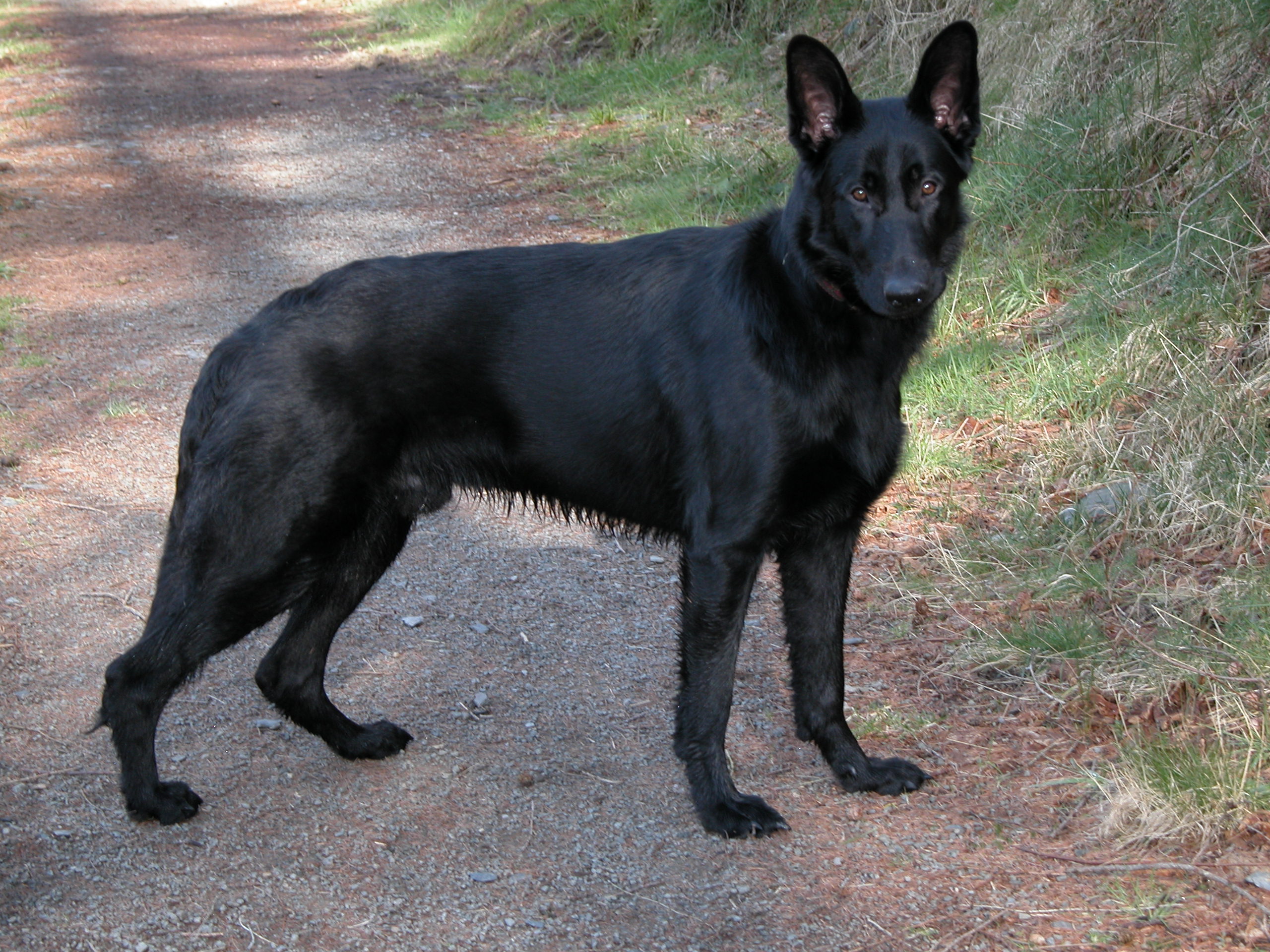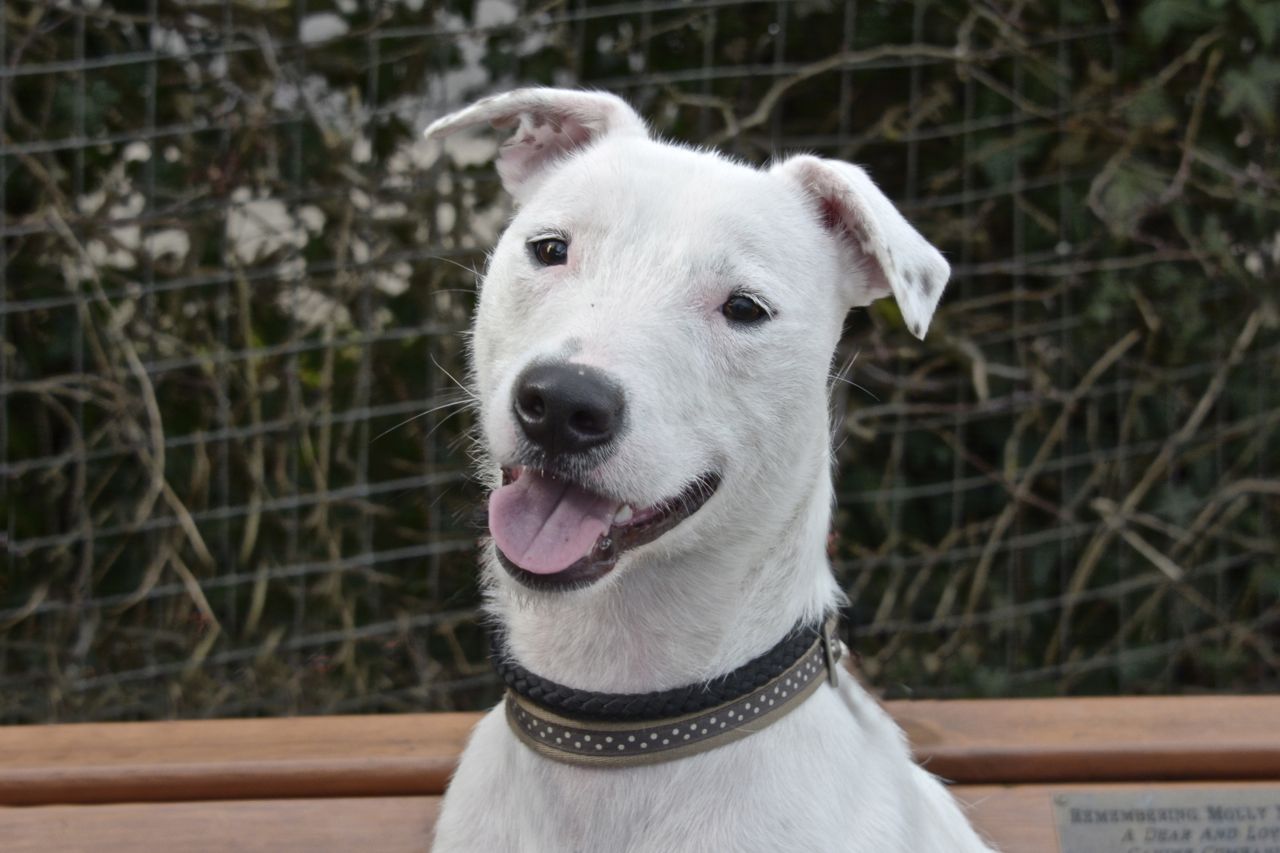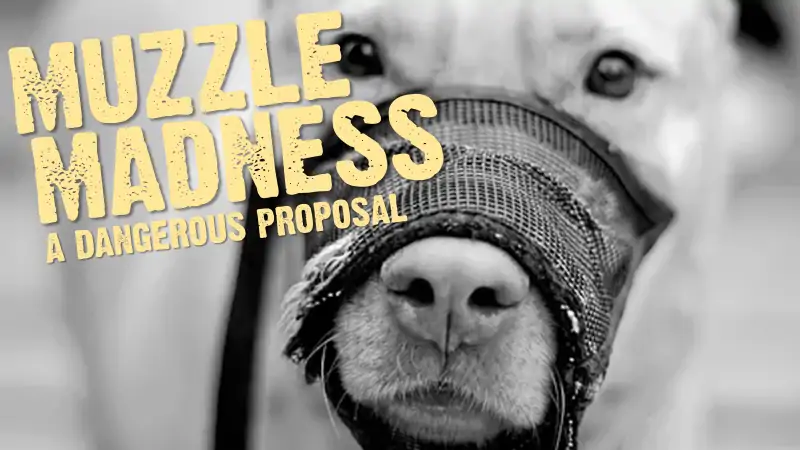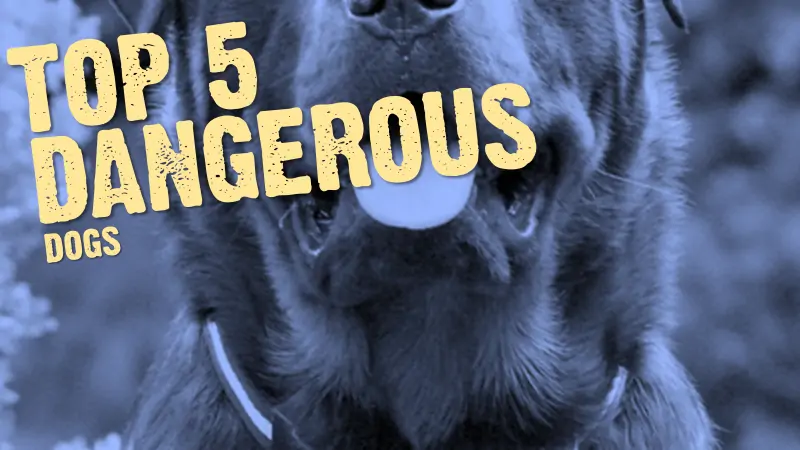A dog’s keen sensitivity to low-volume sound is often troublesome. They can hear a faint sound at 75 feet, while most humans could only detect it at 17 feet. This indicates that a dog must learn to ignore myriad sounds that do not affect him, and accommodate to a veritable avalanche of sounds in a family household, such as television, radio, stereos, etc.

However, when this sensitivity is translated to phobic behaviour relative to, say, thunderstorms, it indicates that dogs may hear the thunder of an approaching storm over 50 miles away, while the sky is still clear. If a dog has a history of becoming upset by thunder or other explosive sounds, he may become increasingly anxious as the storm nears, salivating, pacing, hiding, seeking comfort if the owner is home, or escaping.
This sensitivity may also explain why “desensitizing” techniques, such as playing recordings of thunder at low levels, rarely succeed. Audio speakers are not designed to produce volumes softer than humans can perceive. Also, storm activity is generally preceded by elements to which dogs and some other mammals appear to be sensitive. Merely producing low-volume thunder claps may not fulfill the total stimulus complex required to achieve desensitization.
But such programs are usually more successful with dogs than fear gunshots or other loud noises. However, even with storm phobias, if we can change their emotional interpretation of such stimuli by providing a behavioural example, rehabilitation is generally quite successful.
An important auditory/learning tendency in dogs is to quickly develop a motor movement response to a sound stimulus when the sound is accompanied by a visual signal. In other words, dogs tend to move their head, ears, eyes or other body part in response to sound accompanied by movement. This leads to some problems if owners are not aware of this mechanism, but it facilitates training for those who use it properly.
Two examples typify common problems. The first is the owner’s tendency to raise his hands while telling a jumping dog, “Down!” Raising the hands not only causes reflex movement upward, but also encourages the dog to continue jumping. The usual outcome of this sort of mis-teaching is an owner who resorts to punishment, such as kneeing the dog in the chest or pushing him down, and a fully confused dog.
Effective use of this learning tendency involves moving the hands abruptly down and/or toward the dog while saying “Down.” Even more effective is to apply the movements without speaking, and to praise the dog’s downward response. In this way the situation itself becomes the conditioned stimulus to stop or not start jumping.
The second problem occurs when owners try to teach their pet to “Come” as they lean or move toward the pet. Both movements visually instruct the pet to stay or retreat. Most owners end up approaching the pet and often punishing him, or giving up. A better method is to abruptly lean or move away or crouch down with one side of the body toward the dog and praise the first signs of approach by the dog.
This method facilitates initial learning, even in adult dogs that are resistant due to improper training. This type of initial training, in which the dog actively performs the proper motor responses, is much faster than those that force passive movements through physical manipulation by the hands or leashes.
Enter your email and never miss out on receiving our best articles:







